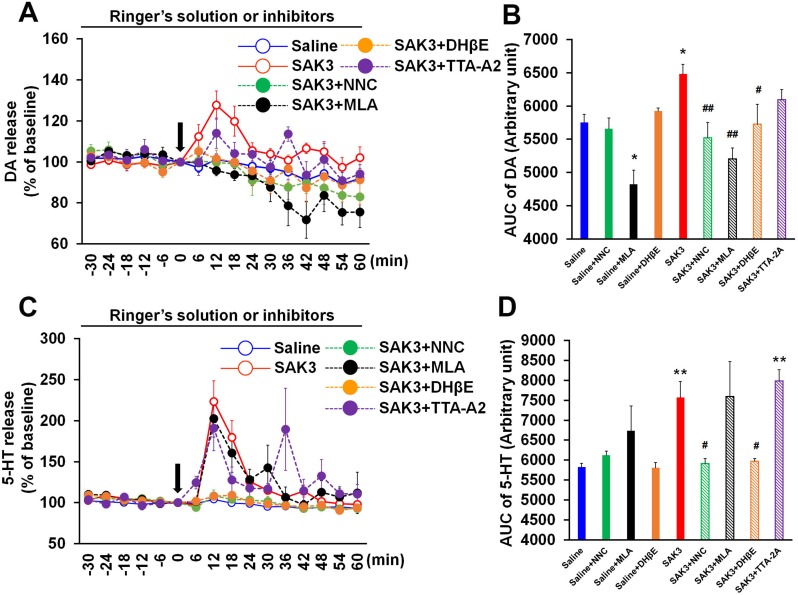Fig 4. SAK3 may promote DA and 5-HT release via stimulating T-type calcium channels and nAChRs.
(A) NNC 55–0396 (1 μM), TTA-A2 (1 μM), DhβE (100 μM), or MLA (1 nM) treatment through the microdialysis probe inhibited DA release following SAK3 (0.5 mg/kg, p.o.) administration in the CA1 region (n = 4–10 per group). Error bars represent the SEM. (B) AUC of DA levels at time point from 0 to 60 min were calculated. *p < 0.05 vs. saline-treated mice; #p < 0.05 vs. SAK3-treated mice; ##p < 0.01 vs SAK3-treated mice. Error bars represent the SEM. (C) NNC 55–0396 (1 μM) or DhβE (100 μM) treatment through the microdialysis probe antagonized 5-HT release by SAK3 (0.5 mg/kg, p.o.) administration in the CA1 region (n = 4–10 per group). Error bars represent the SEM. (D) AUC of 5-HT levels at time point from 0 to 60 min were calculated. **p < 0.01 vs. saline-treated mice; #p < 0.05 vs. SAK3-treated mice. Error bars represent the SEM. nAChR: nicotinic acetylcholine receptor, DA: dopamine, 5-HT: serotonin, AUC: area under the receiver operator characteristic curve.

